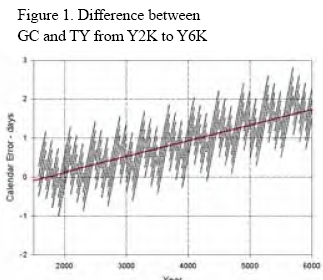Articles tagged with: MUNEENDRA KUMAR-PHD

The Tropical or Mean Solar year consists of 365.24219879 mean solar days (dM) in which the Earth goes round the Sun. We use mean year and days as the actual year and days are not constant in their duration or they both fl uctuate. The length of the Tropical Year (TY) is measured by the time interval between successive appearances of the Sun in the vernal equinox.

Around the year 1840, Colonel George Everest, Surveyor General of India, got completed the Great Trigonometric Surveys (GTS) project against all odds and his own recurring sickness. During this survey, a peak was spotted in the Himalayan range area shining well above in height over all other peaks. Later, it was confirmed that it was indeed the Earth’s highest peak. In recognition of his special contribution to the GTS, this peak was named “Mount Everest” to honor him.

In Today’s world, with GPS, we can survey ellipsoidal heights (h) with 5-10 cm accuracy for geodetic control points on land and differential heights (?h) between well defi ned topographic features with relative accuracy of 1: 1Million or better. In few specific cases, this type of accuracy may require specially designed GPS surveys. In navigational mode, an instantaneous positional accuracy of about ± 5 m is easily possible. As these heights are the direct product of the GPS survey(s) and thus defi ned with respect to the ellipsoid, which is a time-invariant zero reference surface, they can be used without any reference to the geoid or Mean Sea Level (MSL). If we recall, in the classical surveys, e.g., triangulations and/or traverses, the vertical angles used to provide the “?h” and thus there will not be any need to convert them to orthometric heights.











 (5.00 out of 5)
(5.00 out of 5)